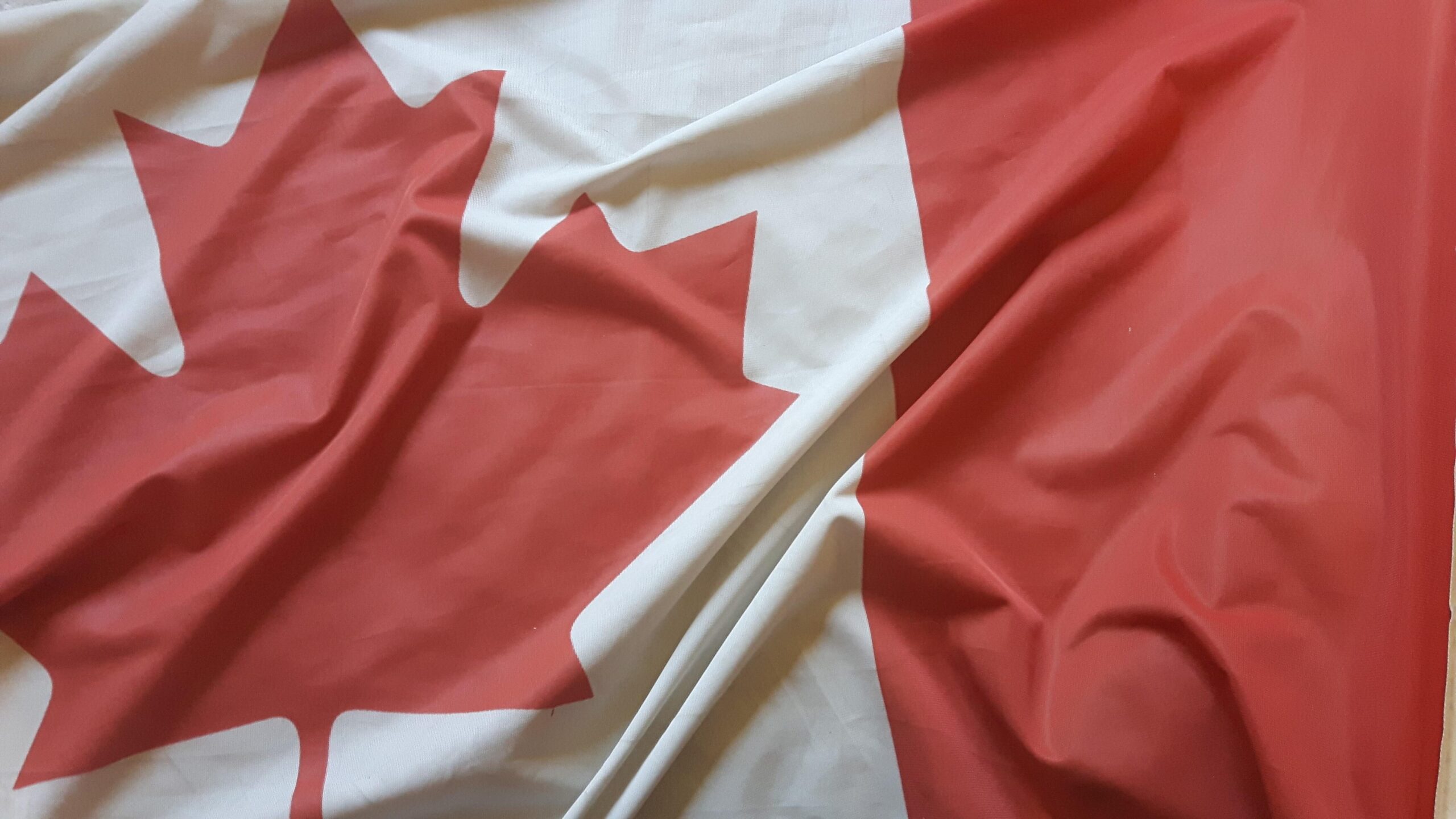Editor’s Note: As of February 2024, the Misinformation Monitor is now Reality Check, a weekly newsletter on misinformation and media online. Learn more and subscribe here on Substack.
Russian State TV’s New Strategy; The Canadian Misinformation Paradox; Russia and COVID-19: When Bad Things Come in Twos
Russian State TV: How the West suffers from its ‘anti-Russian’ policy
For the past six weeks, NewsGuard has monitored and reported on the daily newscasts of one of Russia’s top government-run TV channels, Channel One. Besides the usual bravado about the purported heroism of the Russian military and accusations of crimes committed by Ukrainian “neo-Nazis,” another theme has emerged: How much the West’s support for Ukraine is hurting its own citizens.
For example, during a May 2022 segment about rising poverty in Britain, the channel said that “ordinary people are paying for the effects of the anti-Russian policy.” Turning to Germany, the channel reported that pensioners “have nothing to live on” because of inflation.
In another story in late April, the station reported that Germans were being told to close the refrigerator door faster and dry clothes on a line rather than in an electric dryer. “This is not even the worst of it,” the channel said, “People are being asked to wash less often, and even better without soap and not fully.” The European authorities have decided they are “ready to ruin” the lives of citizens, the station said, “for the sake of the so-called fight with Russia.”

Turning to the topic of rising gas costs in the U.S, Channel One said that “In the new reality of American life, owning a car is a luxury,” adding that “you get the impression that America is now more concerned about a possible economic attack on Russia than the well-being of its own citizens.” The station also reported that “a catastrophic situation with baby food is unfolding” in the U.S., where “billions in arms supplies are being sent to Ukraine.” The story featured a clip from Next News, a U.S.-based conservative-leaning news channel on YouTube, quoting the host as saying: “[President Joe] Biden has not done anything to address this for a long time. He’s sent billions of dollars of help to Ukraine but he’s not working to help the most precious commodity at home — our children.”
Stories on Channel One have also claimed that the West is exacerbating its own economic and security issues by sending aid to Ukraine. For example, in a segment about the U.S. House of Representatives approving a $40 billion package of aid to Ukraine on May 11, the channel reported that “The endless spending on Ukraine in the U.S. is only further fueling inflation and irritating Americans because of the rise in crime and economic problems.” The story featured a clip of Fox News host Tucker Carlson saying of the $40 billion package: “That’s double what the administration spends on protection of our own borders. And this is just one batch of aid. …The saddest thing is that it has not forced Russia to leave Ukraine.”
Channel One also reported that the EU foreign affairs chief, Josep Borrell, urged Europe to allocate more funds for its own defense budgets and to take more responsibility for its security. The story said that Borrell “acknowledged that pumping Ukraine with weapons has depleted the EU’s military supply.” The station’s segment did not note that in his remarks, Borrell referred to “Russia’s ruthless assault on Ukraine.”

The station has also exaggerated the level of opposition in the U.S. to supporting Ukraine. In an article about U.S. Sen. Rand Paul’s move to block the quick passage of the $40 billion aid package to Ukraine on May 12, the channel said: “In Washington, politicians are becoming more vocal and they are beginning to understand what can come of the uncontrolled armament of the Kiev regime.” Paul, R-Ky., was not “primarily worried about the difficult situation in Ukraine and the fate of Ukrainians,” the channel said. “Among his main arguments is the situation in America itself.”
Unmentioned in the story was that Paul was the only senator who opposed the quick passage of the bill, which received overwhelming bipartisan support in the Senate.

Less is sometimes more: Canada’s top unreliable websites generate less engagement overall—but more engagement per article—compared with top reliable websites
Canada traffics in significantly less misinformation than the U.S., but articles from Canada’s top unreliable news sources generate significantly more engagement on average than articles from the country’s top reliable sources, a NewsGuard analysis has found.
Using data from NewsGuard and the social media intelligence company NewsWhip, NewsGuard found that the top five Canadian Red-rated (generally unreliable) websites generated a small fraction of total social media engagement — meaning likes, shares, or comments on Facebook and Twitter — compared with the top five Canadian Green-rated (generally reliable) sites. Between Jan. 1, 2022, and April 30, 2022, the top five Canadian Red-rated websites accounted for just 6.7 percent of the social media engagement of the top five Canadian Green-rated sources.
The top five Canadian Green-rated websites in terms of their engagement during the first third of 2022 included CTVNews.ca, CBC.ca, GlobalNews.ca, ThePostMillennial.com, and Narcity.com. The top five Red-rated websites in Canada included RebelNews.com, JCCF.ca, TheNationalTelegraph.com, ThePulse.one, and GlobalResearch.ca.
In the U.S., unreliable websites constituted a much larger share of the national news diet. The top five Red-rated U.S. sites accounted for 27.6 percent of the social media engagement of the top five Green-rated U.S. sites during the same time frame — more than four times the proportion in Canada.
The top five Green-rated websites in the U.S. included DailyWire.com, FoxNews.com, CNN.com, NBCNews.com, and NYTimes.com, while the top five Red-rated U.S. websites included Breitbart.com, TMZ.com, Newsmax.com, LouderWithCrowder.com, and TheFederalistPapers.org.

However, individual articles from Canada’s top unreliable sources garnered much more engagement on average than individual articles from the country’s top reliable sources. As shown in the graph below, between Jan. 1, 2022, and April 30, 2022, articles published by the top five Canadian Red-rated sites attracted 2.2 times more engagement on average than articles from the top five Canadian Green-rated sites — indicating that content from Canada’s most popular unreliable sources was more likely to gain traction than content from the country’s most popular reliable sources. In the U.S., however, individual articles from the country’s top five reliable and top five unreliable websites generated similar levels of engagement, on average.
This apparently contradictory finding is explained by the fact that Canada’s top untrustworthy websites publish far fewer articles than the country’s top trustworthy websites, which often pump out hundreds of stories per day. So even though articles from untrustworthy websites generate more engagement on average, in the aggregate, the trustworthy websites win out.

NewsGuard’s findings undermine the notion that misinformation plays a relatively minor role in Canada compared to the U.S., showing that the country’s biggest purveyors of misinformation can be at once insignificant in number and influential. The findings are also a testament to how information from untrustworthy sources can spread wider and faster than accurate information, amplified and fueled by social media’s algorithms.

Repeat offenders: Websites that spread COVID-19 misinformation are now peddling Ukraine disinformation on social media
By Alex Cadier
Nearly 100 websites that were identified by NewsGuard in 2021 to be spreading misinformation about COVID-19 are now disseminating false claims about the war in Ukraine on social media, with some still generating revenue from digital advertising.
A new analysis by NewsGuard shows that 91 websites that appear in NewsGuard’s Coronavirus Misinformation Tracking Center have now also spread disinformation about the war in Ukraine. These sites now appear in NewsGuard’s Russia-Ukraine Disinformation Tracking Center. Of those 91 sites, some of which have had their social media accounts suspended, more than half (57), are active on Facebook, Twitter, or YouTube.
Of the 57 sites still active on social media, 43 are active on Twitter, 41 on Facebook, and 23 on YouTube. (Many are active on more than one of the platforms.) These websites’ social media accounts feature no warnings from the platforms that the information they are sharing comes from unreliable sources.
Additionally, some of the 91 sites have seen their social media accounts suspended, with no clear and transparent justification given by the platforms, further leaving users in the dark about which sources of information they can trust.
These sites operate globally and are made up of 31 English-language sites, 31 French-language sites, 16 German-language sites, and 13 Italian-language sites.
Websites included in NewsGuard’s tracking centers have a proven record of publishing false claims, having spread one or more of the top COVID-19 or Russia-Ukraine myths identified and debunked by NewsGuard.
The three most followed sites on social media, OANN.com, ZeroHedge.com, and OrganicConsumer.org, have a combined following of 3 million on Twitter, 1.5 million on Facebook, and 1.47 million subscribers on YouTube.
Examples of false information shared by sites on the trackers include:
- The COVID-19 virus contains “HIV-like insertions,” suggesting it was engineered.
- 5G cell phone technology is linked to the coronavirus outbreak.
- The United States is developing bioweapons designed to target ethnic Russians.
- The massacre of civilians in Bucha, Ukraine, was staged.
Additionally, 23 of the 91 sites continue to receive revenue through programmatic advertising, hosted by ad platforms including Google and MGID.
NewsGuard’s report shows how sites trafficking in one subject of misinformation often traffic in others, and that falsehoods about COVID-19 and the Russia-Ukraine war — as disparate as the subjects may seem — can often co-exist.